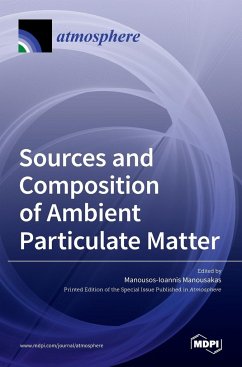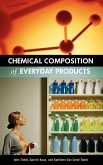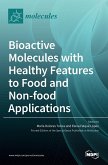Research related to ambient particulate matter (PM) remains very relevant today due to the adverse effects that PM have on human health. PM are pollutants with varying chemical compositions and may originate from multiple emission sources, which directly affects their toxicity. To formulate effective control and mitigation strategies, it is necessary to identify PM sources and to estimate their influence on ambient PM concentration, a process that is known as source apportionment (SA). Depending on the geographical location and characteristics of an area, many anthropogenic and natural sources may contribute to PM concentration levels, such as dust resuspension, sea salt, traffic, secondary aerosol formation, industrial emissions, ship emissions, biomass burning, power plant emissions, etc. Different methodological approaches have been used over the years to study the aforementioned topics, but some scientific challenges remain, mainly related to the following subjects: real-time chemical analysis and SA, uncertainty estimation of SA results, and analytical optimization for PM samples. Additionally, there are areas in the world for which the results regarding composition and sources of PM are still scarce. The objective of this collection was to include studies on all aspects of PM chemical characterization and source apportionment regarding the inorganic and/or organic fractions of PM.
Hinweis: Dieser Artikel kann nur an eine deutsche Lieferadresse ausgeliefert werden.
Hinweis: Dieser Artikel kann nur an eine deutsche Lieferadresse ausgeliefert werden.








